Within hours of Israel launching a series of airstrikes against Iran’s nuclear and military facilities, the global financial system was almost immediately thrown into a tailspin. It was more than a knee-jerk reaction, it was a profound psychological shift: from recovery expectations to defense, from the desire for profit to the fear of loss.
Rarely have markets reacted so uniformly and violently. From Tokyo to Frankfurt, London to Wall Street, digital boards were red and capital flowed into gold, oil and bonds – symbols of uncertainty.
Behind the numbers is a larger question emerging: Is the “Tehran Effect” just a short-term shock, or is it the catalyst for a new cycle of global economic volatility?
Market reaction was swift as the news broke. When Asia woke up, investors were faced with a fiery scoreboard. Japan's Nikkei 225 index fell 1.3%, South Korea's Kospi fell 1.1%, and Hong Kong's Hang Seng fell 0.8%.
As European markets opened, the pan-regional STOXX 600 index fell to a three-week low, down 0.6% and heading for its longest losing streak since September last year. Leading markets such as Germany's DAX suffered heavily, down 1.2%, while Britain's FTSE 100, which had hit a record high the day before, was also down 0.4%.
In the US, futures painted a grim picture. Dow Jones futures fell as much as 1.8%, S&P 500 futures fell 1.1% and tech-heavy Nasdaq futures fell 1.3%. The broad declines underscored a general sense of fear: geopolitical risk in the Middle East, a powder keg waiting to explode, has once again dominated global investor sentiment.
The stock crash was accompanied by a flight to safe havens. Gold, the classic safe haven, rose about 1%, trading at $3,426 an ounce, approaching the record $3,500 an ounce hit in April.
Capital also poured into the bond market, pushing the yield on the 10-year US government bond to a one-month low of 4.31%, a clear sign that investors are prioritizing capital preservation over seeking returns.
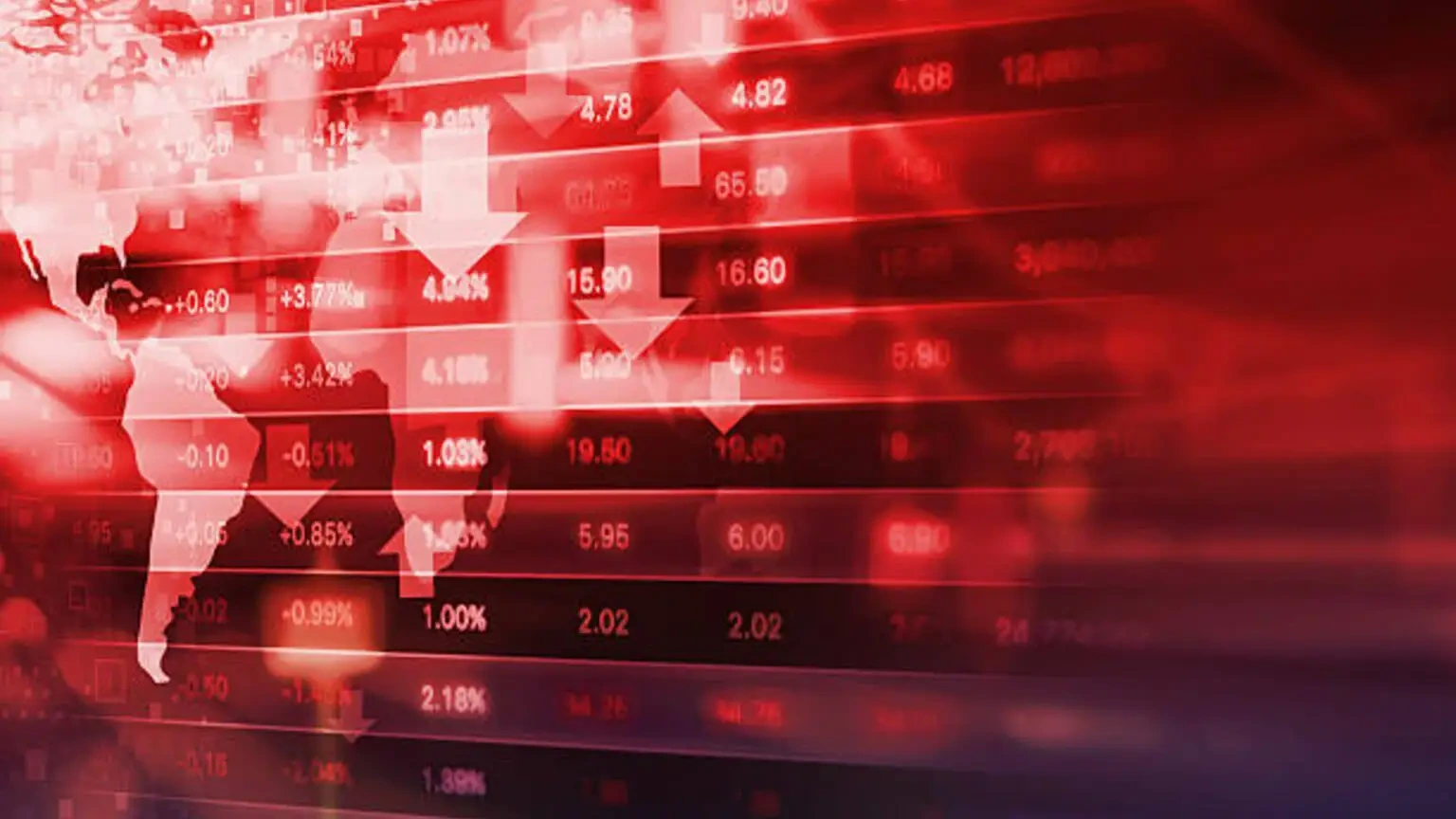
Red covered the global electronic board right after Israel carried out a series of airstrikes targeting Iran's nuclear and military facilities (Photo: Getty).
Oil Focus: Fears over the Strait of Hormuz
If the stock market is a place of fear, the oil market is the epicenter of the storm. Brent crude, the international standard, jumped more than 7% after the news broke, at one point surpassing $75 a barrel—its highest level since April. Even more shocking was US West Texas Intermediate (WTI), with futures jumping as much as 14% in overnight trading, their biggest one-day gain in years.
The spike in prices reflects not only Iran’s status as one of the world’s major oil exporters, but also the fear of the Strait of Hormuz. The narrow waterway is the chokepoint of the global energy industry, carrying about 20% of the world’s oil and most of its liquefied natural gas (LNG). Any disruption, no matter how small, would have a devastating domino effect.
Xeneta analyst Peter Sand warned that a blockade of Hormuz would force ships to divert, putting pressure on other ports, leading to severe congestion and skyrocketing container freight rates. The scenario echoes the Red Sea crisis 18 months ago, when Houthi attacks forced ships to detour around the Cape of Good Hope, lengthening journeys and driving up costs.
Analysts at JPMorgan have painted an even more worrying scenario: if the conflict escalates fully, oil prices could surpass $100 a barrel. This would push the world back into the energy crisis scene in 2022 after the Russia-Ukraine war broke out, upsetting all economic forecasts.
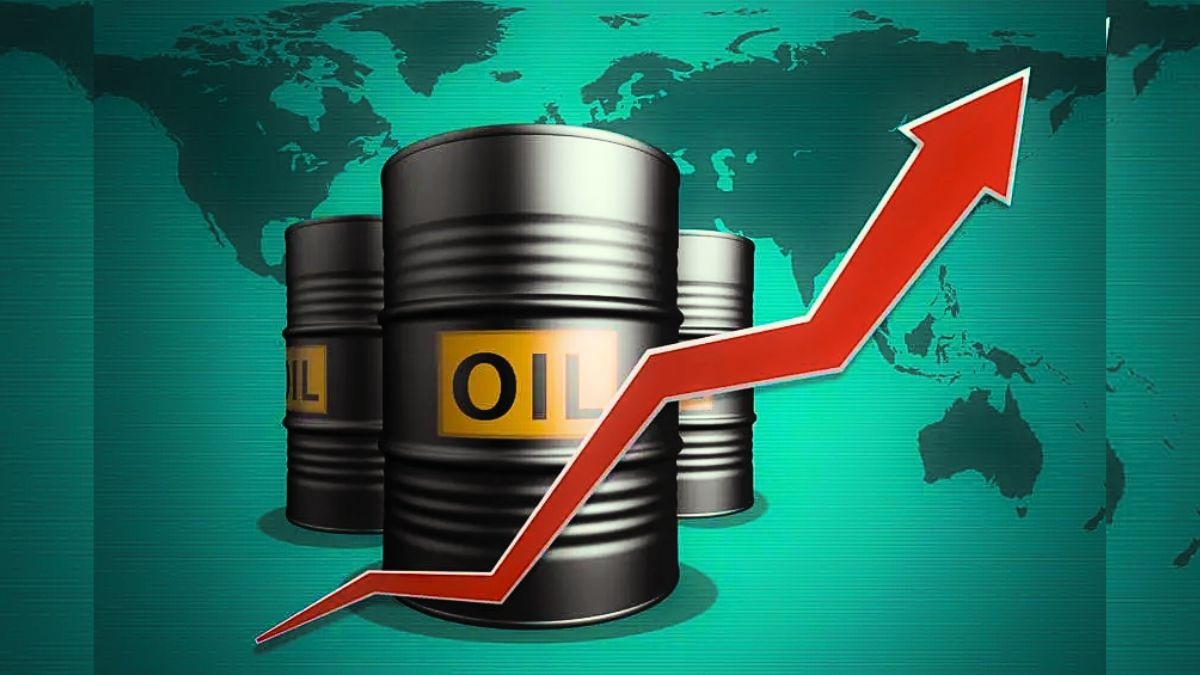
Escalating tensions in the Middle East - the world's oil production center - have caused crude oil prices to increase sharply on the international market (Photo: News Moris).
Market polarization: Some cry, some laugh
Not all is lost in the storm. The market has seen a sharp polarization, creating clear winners and losers.
The aviation and leisure sectors were hit hardest. Shares of European giants IAG (parent of British Airways), Lufthansa, and easyJet all fell between 2.7% and 3.8%. In the US, Delta, United, and American Airlines also suffered.
They suffered a double whammy: soaring fuel costs ate into profits and flights were disrupted by airspace closures. Even cruise line Carnival wasn’t spared, with its shares down 4.7%, reflecting concerns about operating costs and falling travel demand amid the uncertainty.
On the other hand, energy and defense stocks had a good day. With the prospect of prolonged high oil prices, oil giants such as BP and Shell saw their shares rise nearly 2% and more than 1%, respectively.
Oil tanker companies such as Frontline jumped 6.2%, leading the STOXX 600 index, as increased risks in shipping through the region meant higher rates. Shipping giant Maersk also rose 4.6%.
Fears of a wider conflict also boosted shares of arms makers. Britain's BAE Systems rose nearly 3%, while US counterparts Lockheed Martin and Northrop Grumman also closed in the green.
From the trading floor to the dining table: The risk of rising inflation
The most profound and worrying impact of the “Tehran effect” lies not in the flashing numbers on the stock market, but in the risk that it will rekindle the flames of inflation.
Over the past several months, major economies, especially the United States, have made significant progress in controlling prices. One of the main factors contributing to this success has been the fall in gasoline prices. Data shows that the US CPI rose only 2.4% in May, but without the 12% drop in gasoline prices compared to the same period, this figure would have been far above the Federal Reserve's 2% target.
Now that achievement is in jeopardy. Every $10 a barrel increase in oil prices can add half a percentage point to the CPI, according to Ryan Sweet, chief economist at Oxford Economics. If JPMorgan’s $120 a barrel scenario materializes, US inflation could surge to 5%, ending hopes of interest-rate cuts and leaving households in a difficult position.
This puts central banks in a classic dilemma: they risk “stagflation” – a situation where economic stagnation is accompanied by high inflation. If they raise interest rates to combat energy-driven inflation, they risk choking growth and triggering a recession. But if they hold or cut interest rates to support the economy, they risk letting inflation spiral out of control.
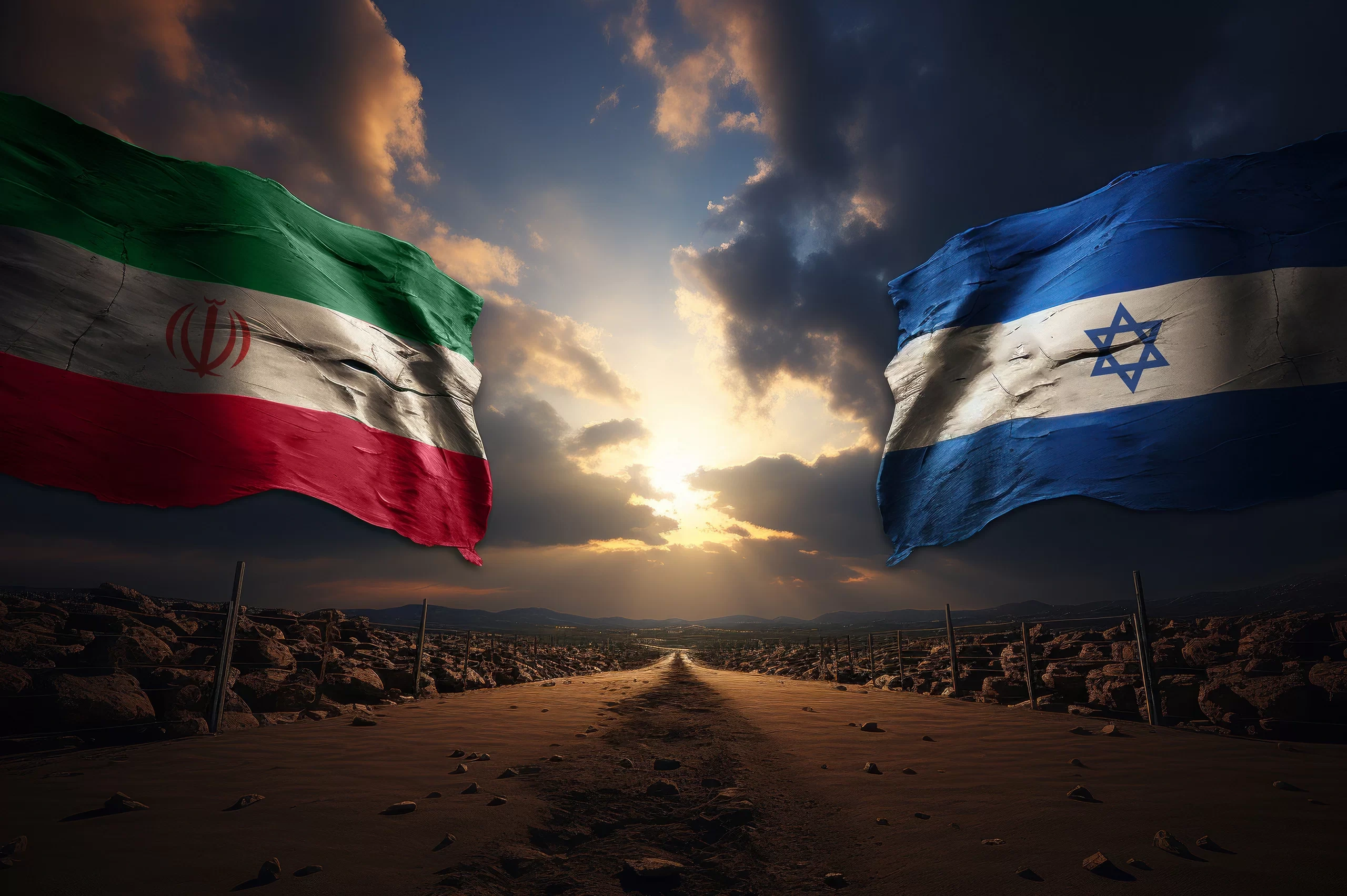
The most profound and worrying impact of the June 13 event is the risk of rekindling the flames of inflation (Photo: Tritility).
What scenario for the future?
The big question now is: Is this just a short-term shock or the start of a longer-term crisis? Analysts are divided into many opinions, focusing on three main scenarios:
De-escalation scenario: This is the most optimistic scenario. The attacks are merely deterrent, and both sides, under pressure from the international community (including the US and China), will back down.
Oil prices will gradually decline once the “geopolitical risk premium” is removed. In this case, analysts at Goldman Sachs predict WTI could return to $55 a barrel by the end of 2025. Stock markets will recover as the focus returns to economic fundamentals.
Contained conflict scenario: This is considered a highly likely scenario. The conflict will not explode into a full-scale war but will continue as a "shadow war", with targeted attacks and limited retaliation.
This will keep oil prices high due to a permanent “risk premium”, causing constant volatility in the market and creating a prolonged environment of uncertainty.
Full-scale war scenario: This is the worst-case scenario. Currently, many experts, such as Kristian Kerr of LPL Financial, believe that the worst-case scenario is unlikely because closing Hormuz would also harm Iran’s own economic interests. However, the risk of a retaliatory attack on each other’s oil and gas infrastructure remains.
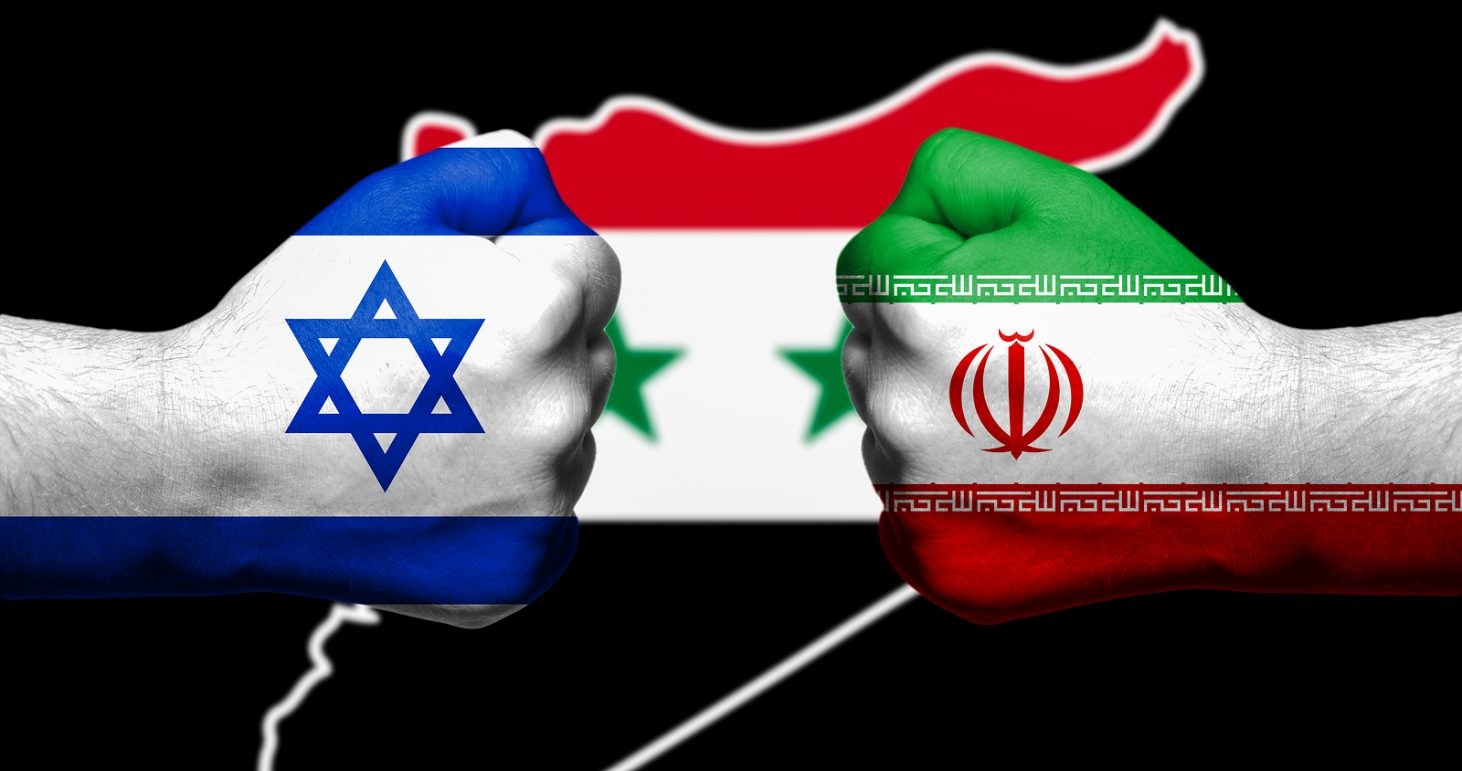
Analysts are divided on the global economy after Israel and Iran opened fire, but still believe that the worst-case scenario of a full-scale war is unlikely (Photo: Bigstock).
The shock of June 13th has exposed the fragility of global stability and our deep dependence on a few strategic sea lanes. While markets may find their balance in the short term, an invisible layer of “risk premium” has been added to nearly every asset class.
From now on, investors and policymakers will have to watch developments from the Middle East with extreme caution, as every spark there has the potential to ignite a storm around the world.
Source: https://dantri.com.vn/kinh-doanh/chien-su-israel-iran-kinh-te-the-gioi-bi-thu-thach-suc-chiu-dung-20250614204222874.htm



![[Photo] Prime Minister Pham Minh Chinh chairs meeting to deploy overcoming consequences of storm No. 10](https://vphoto.vietnam.vn/thumb/1200x675/vietnam/resource/IMAGE/2025/10/3/544f420dcc844463898fcbef46247d16)



![[Photo] Students of Binh Minh Primary School enjoy the full moon festival, receiving the joys of childhood](https://vphoto.vietnam.vn/thumb/1200x675/vietnam/resource/IMAGE/2025/10/3/8cf8abef22fe4471be400a818912cb85)




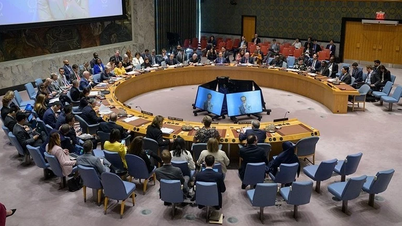



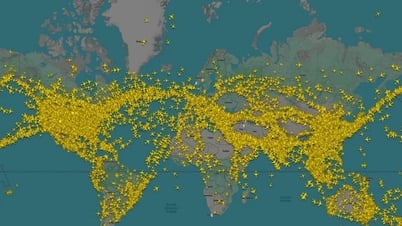






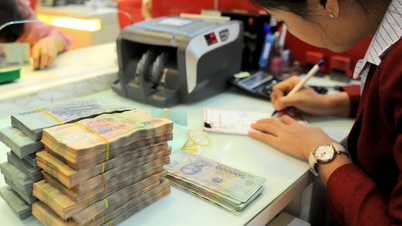























































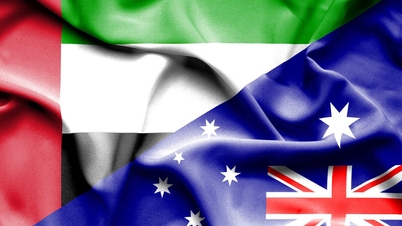

























Comment (0)